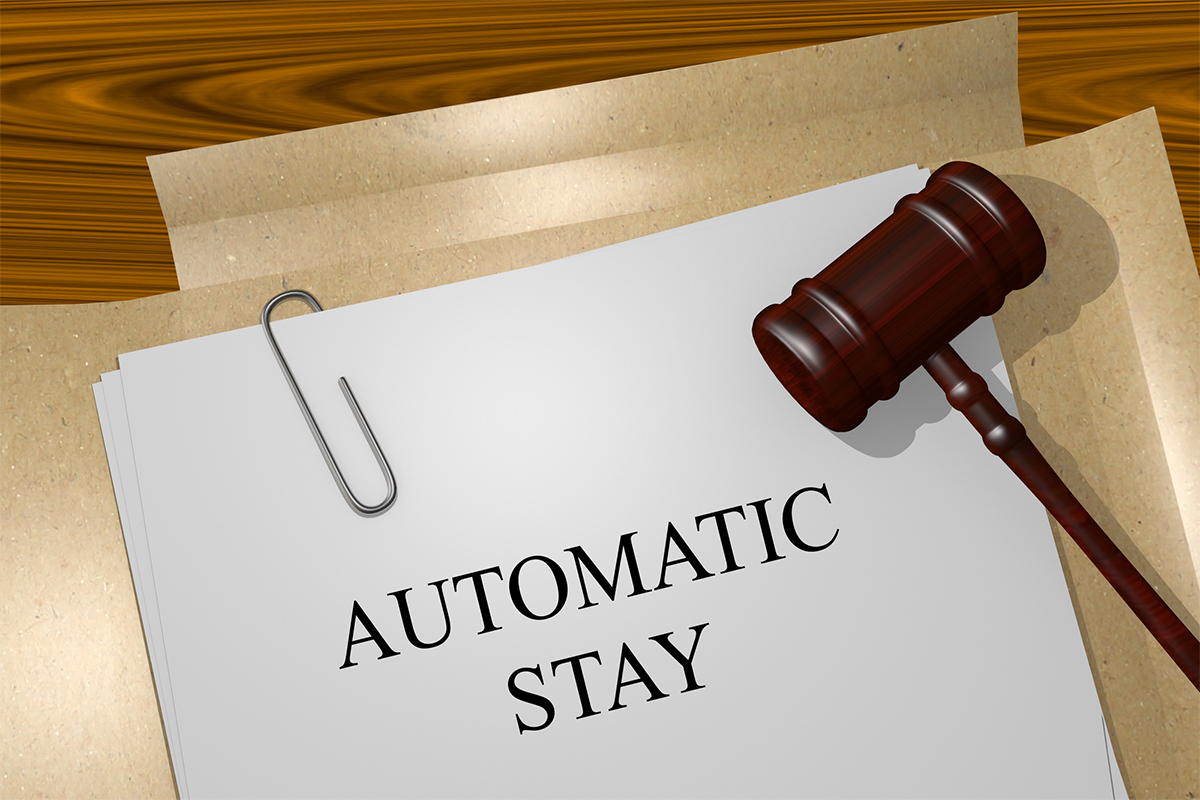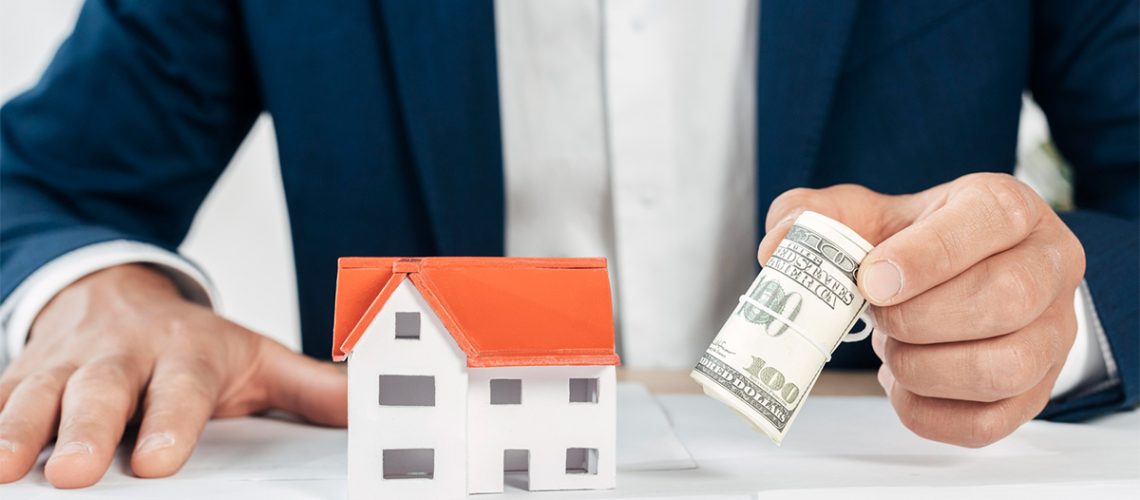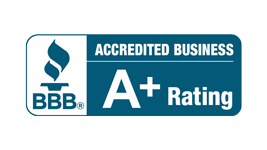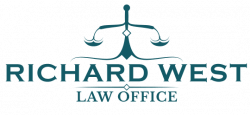If you are considering filing for bankruptcy, you may be interested in learning about the concept of automatic stay.
What is an Automatic Stay in Bankruptcy?
When individuals or businesses face overwhelming financial challenges and decide to file for bankruptcy, they often find relief in the automatic stay provision. The automatic stay is a powerful tool that provides debtors with immediate protection from collection efforts and legal actions by creditors. [1]
The automatic stay applies to all types of bankruptcy, whether it is a Chapter 7 liquidation or Chapter 13 reorganization. It protects not only individual debtors but also corporate debtors. There are certain exceptions to the automatic stay, such as criminal proceedings or actions related to domestic support obligations.
Violating the automatic stay can have serious consequences for creditors. They may face penalties, including punitive damages and the payment of the debtor’s attorney fees. The court may also issue an injunction against the creditor, prohibiting them from taking any further collection actions. In extreme cases, a creditor could be held in contempt of court for willful violation of the automatic stay.

How Does the Automatic Stay work?
When a debtor files for bankruptcy, the automatic stay instantly stops all collection activities in their tracks. This means that creditors and debt collectors cannot pursue foreclosure actions, eviction proceedings, wage garnishment, or repossession of assets. It also puts a halt to collection agency calls and demands for payment.
The primary purpose of the automatic stay is to give debtors some breathing space and a chance to regain control of their financial situation. It provides them with a temporary reprieve from the relentless pressure of creditors, allowing them to assess their debts, explore their options, and come up with a plan to repay or discharge their debts through bankruptcy proceedings.
What Types of Debts are Included in an Automatic Stay?
The automatic stay applies to both secured and unsecured debts. Secured debts are those that have collateral attached to them, such as a mortgage or car loan, where the creditor has a right to repossess the property if payments are not made.
With the automatic stay in place, secured creditors cannot initiate or continue foreclosure proceedings, repossession actions, or any other collection efforts related to their secured debt. This provides debtors with invaluable protection during their bankruptcy proceedings.
Unsecured debts, on the other hand, are not tied to any specific property or asset. Examples of unsecured debts include credit card debts, medical bills, personal loans, and certain types of tax debts. The automatic stay prevents creditors from taking any collection actions on these debts, such as filing a lawsuit, garnishing wages, or contacting the debtor for payment.

What Activities Are Not Subject to the Automatic Stay?
One category of activities not subject to the automatic stay is criminal proceedings. If a debtor is involved in any criminal actions or is facing charges for offenses like fraud or embezzlement, the automatic stay will not apply to those proceedings.
This exception is necessary to uphold the principles of criminal justice and allow criminal cases to proceed without hindrance, ensuring that individuals are held accountable for their actions.
Actions related to domestic support obligations are not included in the automatic stay. Debts such as child support and alimony are considered a priority under bankruptcy laws, as they are critical for the well-being of children and former spouses.
If the debtor owes specific tax debts, the government entity responsible for collecting those taxes may continue its collection efforts during the bankruptcy proceedings. This means that the automatic stay does not prevent the government from pursuing any tax liens, seizing tax refunds, or undertaking any other actions related to outstanding tax debt.
Timing of the Automatic Stay
Understanding the timing of the automatic stay is important for debtors because it affects the treatment of their debts and assets. If a debtor is facing foreclosure, filing for bankruptcy before the foreclosure sale can stop the proceedings and potentially give them an opportunity to catch up on overdue mortgage payments through a repayment plan.
If a debtor is in danger of having their vehicle repossessed, filing for bankruptcy can prevent the repossession and allow them to work out a plan to keep the vehicle while repaying the outstanding debt.
If a debtor has previously filed for bankruptcy within a specific time frame, the automatic stay may only be in effect for a limited period or not at all. If a debtor files for bankruptcy for the second time within one year, the automatic stay only lasts for 30 days unless the debtor can demonstrate that the subsequent filing is necessary to protect against an imminent loss of property.
Actions taken by creditors before the bankruptcy petition is filed may not be affected by the automatic stay. For instance, if a creditor has already obtained a judgment of possession for a property, the automatic stay will not reverse that judgment. It may provide the debtor with an opportunity to negotiate a resolution or seek protection for their interests.

When to Seek Relief from the Automatic Stay
One common situation where creditors seek relief from the automatic stay is when there is a risk of irreparable harm or significant financial loss. If a debtor is failing to make mortgage payments and their property is at risk of foreclosure, the mortgage lender may file a motion to lift the stay to proceed with foreclosure proceedings. This allows the lender to protect their interest in the property and minimize potential losses.
Creditors may also seek relief from the automatic stay if the debtor has no equity in their collateral. If the value of the collateral is significantly less than the amount owed, the creditor may argue that continuing with foreclosure or repossession proceedings would not adversely affect the bankruptcy estate. This is often seen in cases where the debtor’s car is worth less than the outstanding loan balance.
Another reason for seeking relief from the automatic stay is when the debtor is not adequately protecting the creditor’s interest.
If a debtor is not maintaining insurance coverage on a property that serves as collateral for the debt, the creditor may argue that their interest is at risk and request permission to proceed with collection efforts.
Creditors may also allege that the debtor filed for bankruptcy in bad faith or with an abusive intent. If a creditor can demonstrate that the debtor is using the automatic stay as a tool to maliciously delay or obstruct legitimate collection efforts, they may seek relief from the stay to hold the debtor accountable for their actions.
Are you facing overwhelming debt and in need of relief?
Contact Richard West experienced bankruptcy lawyer today to understand how the automatic stay can help you start fresh and take control of your financial future.
Sources:
[1] Kagan, J. (2023, April 26). Automatic Stay: What it is, How it Works, Example. Investopedia. https://www.investopedia.com/terms/a/automaticstay.asp




